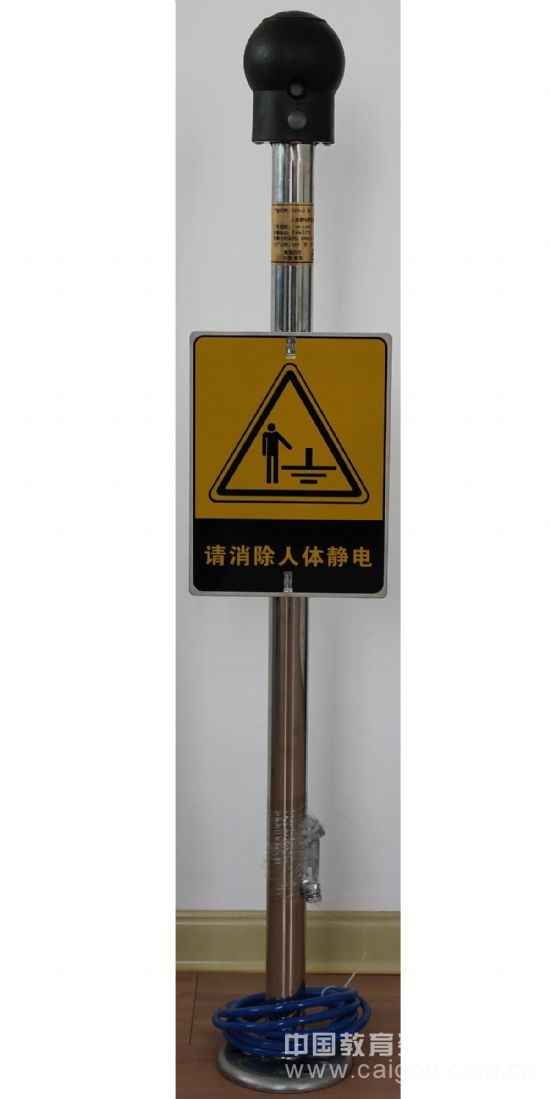
The main method of static electricity protection
Electrostatic protection is a comprehensive and ongoing process that requires attention to every detail. A single mistake or oversight in any step can lead to failure in the entire system, making it essential to follow proper procedures consistently.
During production, the primary methods for electrostatic protection include static leakage, dissipation, neutralization, humidification, shielding, and grounding. Each of these plays a critical role in preventing static buildup and ensuring safety.
For human body protection, systems such as anti-static wrist straps, ankle straps, overalls, shoes, socks, caps, gloves, and finger sleeves are commonly used. These tools help manage static by allowing it to leak away, neutralize, or shield against potential discharges.
Grounding solutions for anti-static purposes include raised floors made from ceramic steel composites, all-steel raised floors, and anti-static porcelain tiles. These materials help dissipate static charges effectively and safely.
Grounding is crucial for reducing static charge on conductive materials, which are the primary sources of static electricity. It's especially important when handling sensitive electronic components to prevent damage caused by static discharge. The best way to avoid static buildup is through effective grounding of personnel and equipment.
Common personal grounding devices include anti-static wrist straps, which are widely used in industries. For them to work properly, they must make good contact with the skin. If a wrist strap is dirty or loose, it may not function as intended, leading to ineffective static control. Conductive footwear can also be used to supplement wrist straps when necessary.
Workstation grounding devices, such as conductive or static dissipative work surfaces, are essential in areas where manual assembly takes place. These surfaces should be clean and properly grounded to a common point. While they can generate static, they are designed to safely drain it away when grounded correctly.
Shielding is another key method for protecting sensitive components during storage and transport. By isolating them from charged objects or electrostatic fields, we reduce the risk of damage. This can be done using Faraday cages, which prevent static charges from entering conductive containers. These containers, like metal bags or covered boxes, help protect electronics from electrostatic discharge.
Neutralization is another important technique, especially for insulating materials that cannot be grounded. Ion generators are commonly used to produce ions that neutralize static charges on these surfaces. This process helps eliminate the risk of electrostatic discharge without requiring physical grounding.
In summary, electrostatic protection involves multiple strategies working together. From grounding and shielding to ionization and proper personal protective equipment, each element contributes to a safer and more controlled environment, especially in sensitive industrial settings.
Wings Themed Balloons,Wings Foil Scene Balloon,Wings Foil Decorative Balloons,Wings Decorative Balloons
Xiongxian Tonghai Latex Products Co., Ltd , https://www.balloontonghai.com